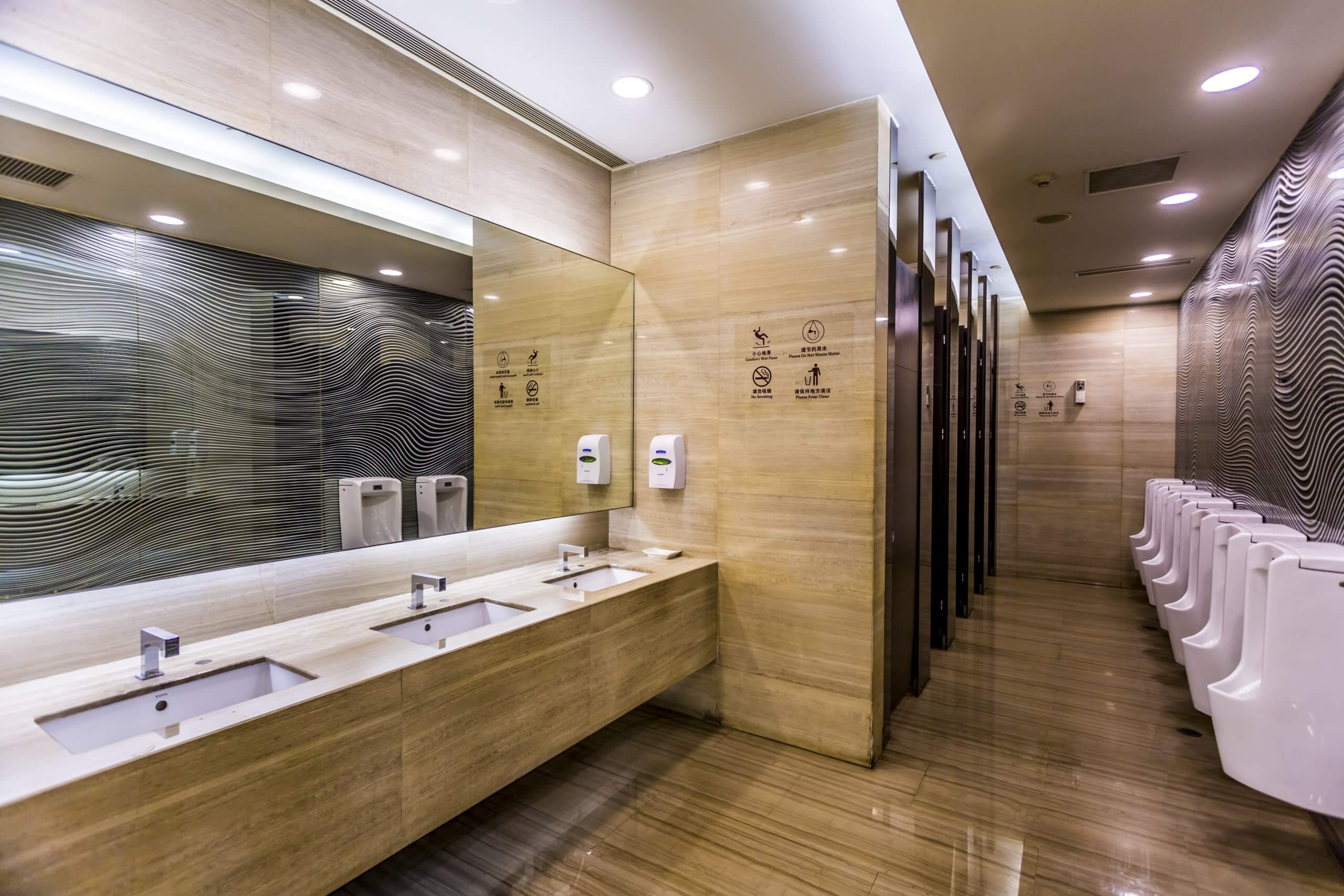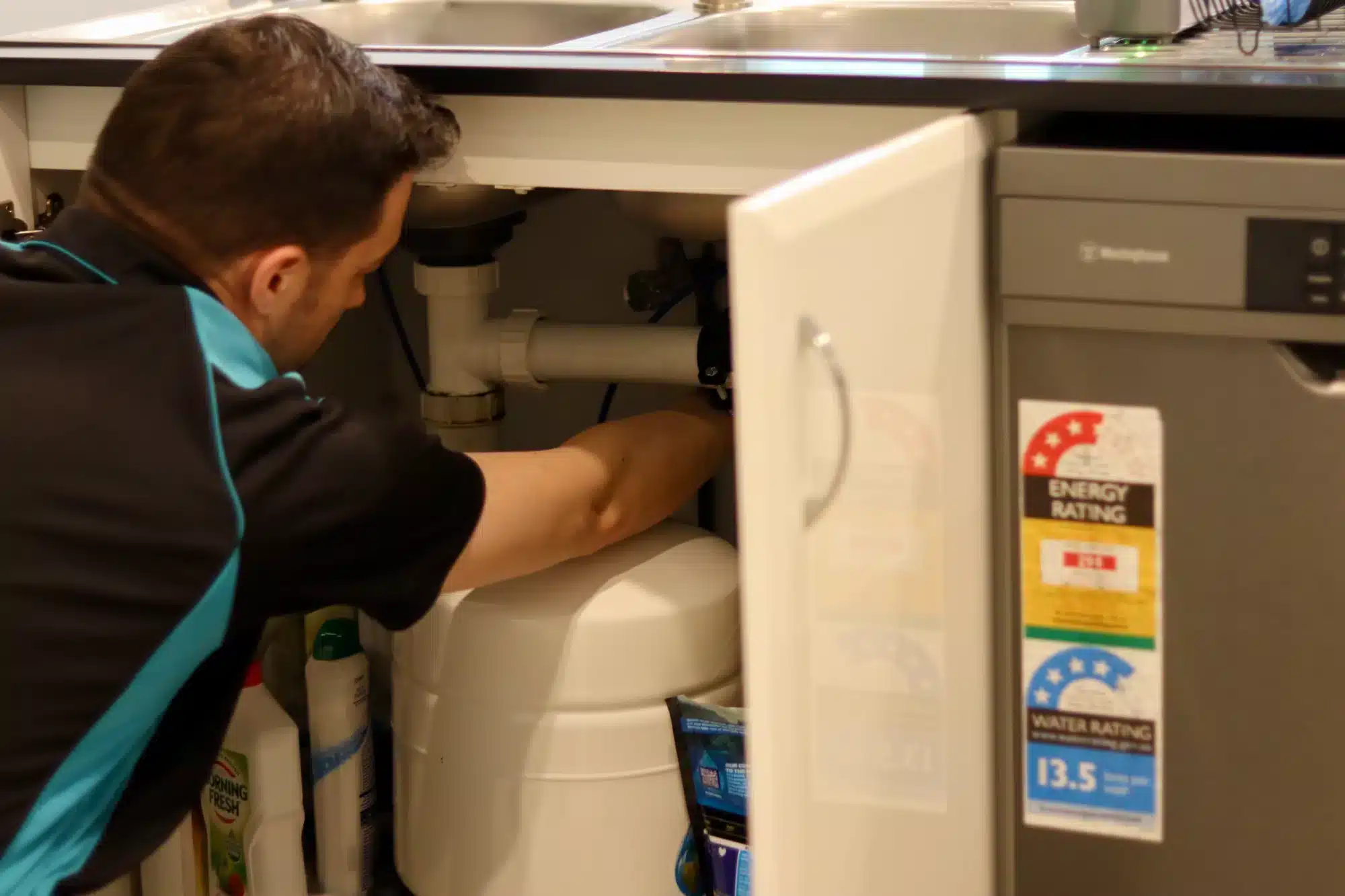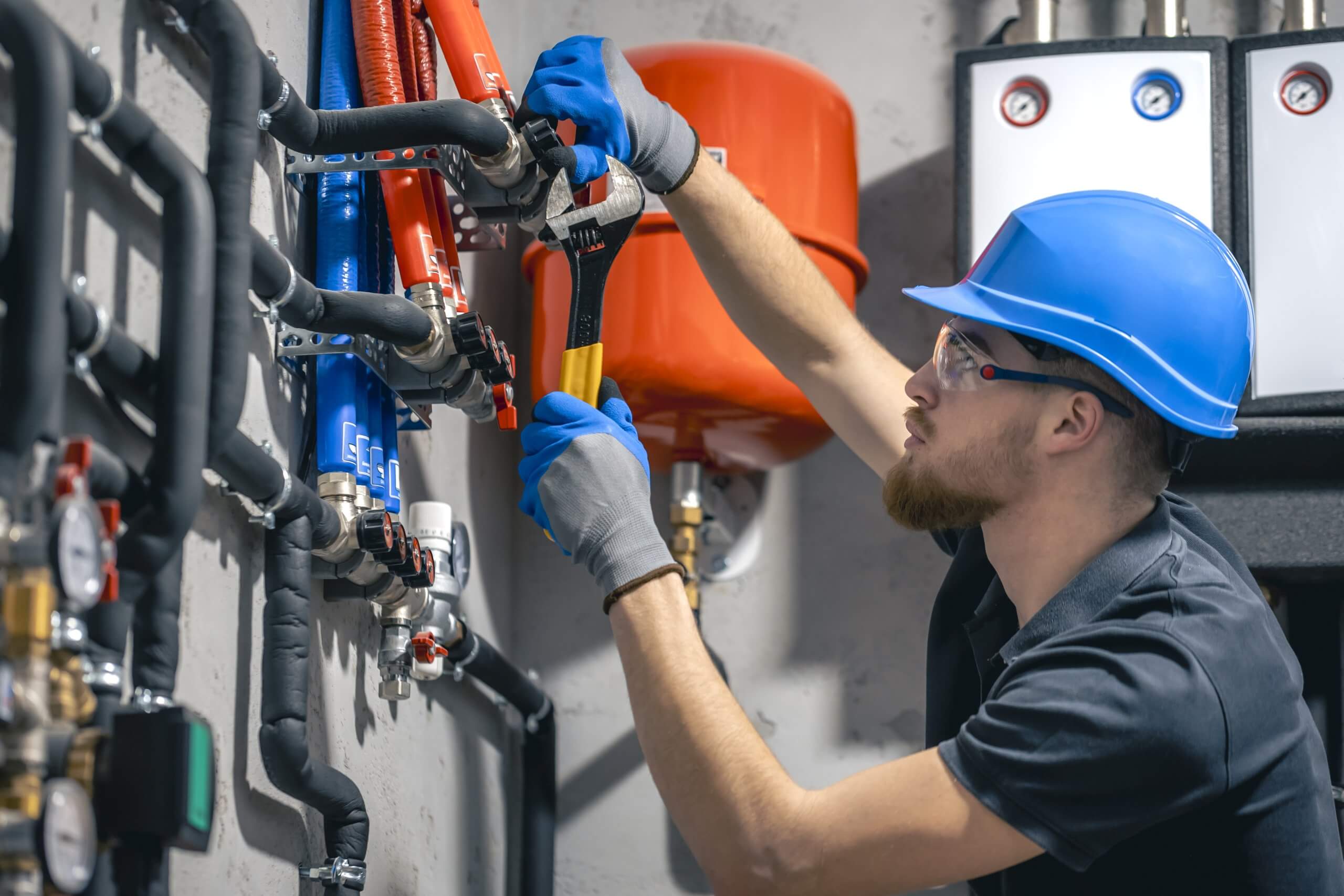When it comes to choosing the right toilet for your Australian home or renovation project, the variety of toilet styles, including different types of toilet seat, and designs available can be overwhelming. With a wide range of options to choose from, it’s important to understand the different types and their respective features, as each offers unique benefits that cater to different needs. In this guide, we will explore the various toilet styles in Australia, the different types of toilets and their functionality, and the factors to consider when making your decision.
Types of Toilets in Australia
The design and installation style of your toilet can significantly impact your bathroom’s functionality, aesthetics, and the ease of maintenance. In this section, we will break down the most common toilet styles and toilet types found in Australian homes, including two-piece toilets and gravity flush toilets, outlining their key features and ideal use cases.
1. Close Coupled Toilets
Close coupled toilets are one of the most commonly used toilet styles in Australian homes. This type features a toilet tank, or cistern, mounted directly onto the back of the toilet bowl, creating a compact, efficient design, which can also include pressure assisted toilets. They are generally seen as a practical and affordable solution for homeowners seeking reliability and ease of installation.
Features and Benefits:
- Space-Efficient: The cistern is attached to the bowl, which means the toilet takes up less space, allowing for easier cleaning around the unit. This is especially beneficial for smaller bathrooms or ensuites where space is at a premium.
- Ease of Installation: Close coupled toilets are relatively easy to install and maintain. They are straightforward to set up, which can save you time and money during installation. These features make them ideal for homeowners looking for a hassle-free, cost-effective solution.
- Traditional Design: This style offers a familiar, classic appearance that suits a wide range of bathroom styles, from traditional to contemporary. The design is timeless, making it a versatile choice for any home.
- Cost-Effective: These toilets tend to be less expensive compared to other modern toilet styles. For homeowners on a budget, this option provides an affordable way to upgrade their bathroom without compromising on quality.
Where They’re Most Suitable:
Close coupled toilets are a popular choice in family bathrooms, ensuites, and smaller spaces. Their straightforward design makes them suitable for both traditional and modern homes. If you’re working on a bathroom renovation or replacing an old toilet, a close coupled toilet can be an excellent option for updating your space while saving both money and more space.
2. Back to Wall Toilets
Back to wall toilets are a modern choice that offers a sleek and minimalistic look. With this design, the cistern is hidden behind the wall, similar to tankless toilets, leaving only the toilet bowl visible. This style offers a cleaner, more contemporary aesthetic, and it is becoming increasingly popular in both residential and commercial bathrooms.
Features and Benefits:
- Seamless Design: Back to wall toilets are appreciated for their clean, modern look. The cistern is concealed within the wall, creating a streamlined appearance that minimizes visible components and provides a minimalist aesthetic. This is especially advantageous for those who want a more refined and uncluttered bathroom space.
- Space-Saving: By hiding the cistern in the wall, this design frees up valuable floor space, making it ideal for smaller bathrooms or those with limited room. This can be particularly useful in ensuite bathrooms or powder rooms where space is tight.
- Ease of Cleaning: The absence of exposed cistern components means that cleaning the toilet and surrounding area is much easier. There are fewer parts to maintain, and no exposed components to accumulate grime and dust. This design makes it much easier to keep your bathroom looking fresh and hygienic.
Where They’re Most Suitable:
Back to wall toilets are perfect for those looking to create a contemporary bathroom with a sleek and uncluttered appearance. These toilets are also a great choice for bathrooms with limited space. Most back-to-wall toilets also feature hidden cisterns, which create a more open and airier feel, making them ideal for modern, minimalist homes or smaller apartments while considering the toilet’s water efficiency.
3. Wall Hung Toilets
Wall hung toilets, also known as floating toilets, offer a cutting-edge look and provide a sense of openness. These wall mounted toilets are mounted to the wall, with the cistern typically concealed within the wall or an external unit. The “floating” effect is visually appealing and adds a touch of luxury and elegance to any bathroom.
Features and Benefits:
- Floating Look: The wall hung design creates a floating effect, where the toilet bowl appears suspended in mid-air. This provides a sense of lightness and space, particularly beneficial for smaller bathrooms. It gives the bathroom a modern, high-end feel.
- Easy Cleaning: The elevated design makes it easier to clean the floor beneath the toilet, contributing to a more hygienic bathroom environment. Unlike traditional toilets, there are no awkward gaps or hard-to-reach areas around the base of the toilet that can trap dust and dirt.
- Concealed Plumbing: The plumbing is hidden inside the wall or a custom-built enclosure, reducing visible clutter and improving the overall aesthetic. This design allows for a clean, streamlined look that is perfect for contemporary bathroom spaces.
Where They’re Most Suitable:
Wall hung toilets are ideal for modern, high-end bathrooms that emphasize design and style. They are often used in minimalist and contemporary spaces, where clean lines and a clutter-free appearance are key. However, the installation process can be more complex and may require structural modifications to ensure the wall can support the toilet. These toilets are perfect for larger bathrooms, where space and aesthetics are a top priority.
4. Connector/Link Toilets
Connector or link toilets are a more traditional design, often seen in older homes or in regions where modern plumbing systems have not been implemented. These toilets feature a cistern that is mounted separately from the bowl, connected by exposed pipes. While this design is considered outdated by many, it remains a reliable and affordable option for certain homes.
Features and Benefits:
- Simplicity: The exposed cistern and adjustable fittings allow for easy repair and maintenance. These toilets have a straightforward design, making them cost-effective and functional. The exposed nature of the cistern means that any issues can often be addressed without much hassle.
- Affordability: Because of their simpler design, connector toilets tend to be more affordable than other toilet types. This makes them an attractive option for budget-conscious homeowners or those undertaking a renovation project without breaking the bank.
- Flexibility: The separate cistern and bowl design make connector toilets a flexible choice for retrofitting older bathrooms or those with unique plumbing setups. These toilets can easily be incorporated into existing plumbing systems, making them a good choice for renovations in older homes.
Where They’re Most Suitable:
Connector toilets are ideal for older homes or renovations where the plumbing system may not be compatible with modern toilet designs. They can also be an attractive choice for homeowners looking for a more traditional aesthetic in their bathroom. The design is still functional and affordable, making it an excellent option for those who don’t mind a more classic, retro style.
5. Smart and Bidet Toilets
The advent of smart technology has transformed the way we think about toilets. Smart toilets, particularly those with integrated bidets and pressure-assisted flushing systems, are gaining popularity in Australian homes. These toilets offer an array of features designed to enhance comfort, hygiene, and convenience, making them the ultimate luxury for modern bathrooms, including options like a composting toilet.
Features and Benefits:
- Advanced Technology: Smart toilets offer a wide range of features, including heated seats, adjustable water pressure, air dryers, automatic flushing, and even self-cleaning functions. These features are designed to enhance comfort and convenience, especially in colder climates where a heated seat can be particularly soothing.
- Bidet Functionality: Many smart toilets are equipped with bidet features, allowing for a more hygienic and water-efficient method of cleaning. Bidets are seen as an eco-friendly alternative to toilet paper, reducing waste and conserving resources.
- Convenience and Comfort: With features like heated seats, self-cleaning functions, and even integrated air purifiers, smart toilets provide a higher level of comfort. These innovations improve hygiene, enhance convenience, and contribute to a more luxurious bathroom experience.
Where They’re Most Suitable:
Smart and bidet toilets are often found in luxury homes, high-end renovations, or bathrooms where comfort and hygiene are top priorities. They can be particularly beneficial for individuals with mobility issues, the elderly, or those seeking a more hygienic and environmentally friendly toilet experience. While their high price tag may deter some homeowners, their advanced features make them a worthwhile investment for those seeking premium comfort and functionality.
Factors to Consider When Building a Toilet
Selecting the right toilet for your bathroom goes beyond just style and design. Several practical factors, including the condition of your existing toilet, should influence your decision. Here are some key considerations to keep in mind:
1. Space and Size of Your Bathroom
The size of your bathroom plays a significant role in determining which type of toilet is best for your space. For smaller bathrooms, space-saving designs such as wall hung or back to wall toilets are often the most suitable. These styles minimize the toilet’s footprint while maximizing available floor space. If you have a larger bathroom, you may have more flexibility in terms of the style and type of toilet you can install.
2. Plumbing Layout
The existing plumbing system in your home may limit the types of toilets you can install. For example, wall hung toilets require concealed plumbing, which might necessitate modifications to your existing plumbing layout. Close coupled and connector toilets, on the other hand, are generally easier to install in existing setups and don’t require any significant changes to your plumbing system.
3. Personal Preferences
Comfort is a critical factor when choosing a toilet. Consider whether you prefer a round or elongated bowl shape. Round bowls are more compact and ideal for smaller bathrooms, while elongated bowls offer added comfort and space. Additionally, think about the type of flushing system you prefer, whether it be a single flush or dual flush system. Each style offers a different experience, so choose one that suits your personal preferences.
4. Water Efficiency
Water efficiency is increasingly important in Australia, where water conservation is a priority. Many toilets are designed with dual flush systems, allowing you to choose between a full flush and a half flush, depending on the waste type. Toilets with high WELS (Water Efficiency Labelling and Standards) ratings are an excellent choice for enhancing water efficiency, helping you save water and reduce your utility bills by considering your overall water usage.
Toilet Bowl Shapes and Flushing Types
The shape of the toilet bowl and the type of flushing system can significantly impact the performance and comfort of your toilet.
1. Bowl Shapes
Toilets typically come in two bowl shapes: rounded and elongated. Rounded bowls are more compact, making them ideal for smaller spaces or bathrooms with limited room. Elongated bowls, on the other hand, offer greater comfort and are often preferred for larger bathrooms or those where comfort is a priority.
2. Flushing Systems
Toilets in Australia typically feature either a single flush or dual flush system. Dual flush toilets are more water-efficient, offering a half-flush for liquid waste and a full flush for solid waste. Additionally, rimless flushing technology is becoming more popular, offering a more hygienic and efficient flush by eliminating the rim where bacteria can accumulate, as seen in rimless toilets.
Installation Considerations for Australian Homes
Installing a new toilet requires proper planning and adherence to building codes. Here are some essential things to consider:
1. Building Codes and Accessibility
Ensure that your toilet installation complies with local building codes. In Australia, there are strict regulations regarding plumbing, including those related to septic tank systems, water efficiency, and accessibility for people with disabilities. Be sure to check with your local council and consult a licensed plumber to ensure your installation is up to standard.
2. Plumber Licensing
For any installation or renovation project involving plumbing, it’s important to hire a licensed plumber. A qualified plumber will ensure that the installation is completed correctly, safely, and in compliance with all relevant codes and standards.
Frequently Asked Questions (FAQs)
What Are the Three Main Types of Toilets?
The three main types of toilets found in Australian homes are close coupled toilets, back to wall toilets, and wall hung toilets. Each offers different advantages depending on your needs, bathroom size, and style preferences.
What Type of Toilet Is Best?
The best type of toilet depends on your personal preferences, bathroom size, and existing plumbing. Wall hung toilets are great for modern, minimalistic designs, while close coupled toilets and single flush toilets are a reliable and easy-to-install option for both traditional toilet designs and contemporary bathrooms.
Are Close Coupled Toilets Better?
Close coupled toilets are considered a reliable and affordable option that works well in many bathroom settings. They are easy to install and maintain, making them a good choice for homeowners seeking practicality and ease of use.
What Type of Toilet Do I Have in Australia?
Most Australian homes feature close coupled toilets. However, the specific style in your home will depend on when the property was built and the bathroom design.
Why Are Australian Toilets Different?
Australian toilets differ from those in other countries primarily because of their water-efficient dual flush systems. These toilets are designed to help conserve water while providing a powerful flush, which is an important consideration in a country that faces periodic droughts and water shortages.






